Most Americans will likely say they know where they were when they heard about the terror attacks on 9/11. The barbaric attacks, which took the lives of nearly 3,000 people, has since been ingrained in the American psyche and has defined over a decade of foreign conflict.
For many, the image of the planes striking the Twin Towers is what they think of when they hear about 9/11, but for the survivors of the attack in Washington, D.C. what they remember is the Pentagon.
The attack on the Pentagon is often overlooked, perhaps because of the scale of devastation caused by the attacks in New York, however it is no less harrowing or emblematic of the courage of responders heading the call of danger.
The new PBS documentary 9/11: Inside the Pentagon, produced by Lone Wolf Media, tells this lesser-known story. The documentary’s title reflects two aspects of the attacks of that day: a military command center on high alert, trying to anticipate more attacks by hijacked airliners on that day, and a building which had externally showed little damage but was internally destroyed.
A Survivor’s Story
To tell this story, Lone Wolf Media gives us the perspectives of the survivors of the attack, tracing the events from the moments before the first World Trade Center building was hit, up to the cleanup effort at the Pentagon on 9/12.
Some knew an attack was imminent. Others were caught unaware. Some evacuated safely. Others were trapped in the flames and smoke, jet fuel dripping from the ceiling and pooling on the floor. Many ran to save their colleagues trapped in the rubble, in nothing but their dress uniforms and office suits, the heat melting their shoes and burning their hands as they made their way through the firestorm from which they had only just escaped.
Paired with these stories, Executive Producer Kurt Wolfinger employs a combination of found footage and reenactment, a common technique in contemporary documentary filmmaking. 9/11: Inside the Pentagon uses this technique well, relying on it to enhance the understanding of the narratives. Contemporary footage of the Pentagon’s vast hallways accompanying studio reenactments of the blaze inside helps to portray what it was like to be in the center of the destruction.
For the personnel whose job it was to ensure the safety of our country, closing the Pentagon was never an option. Up until the plane struck, the Pentagon remained operational, the day after it was again open for business.
9/11: Inside the Pentagon gives us the story that needs to be known from the people who need to be heard: the survivors of the attack on the Pentagon. The documentary’s page on the PBS website provides more information on the production and includes some resources which were not shown. 9/11: Inside the Pentagon will premier on Tuesday, September 6 at 8:00pm on PBS.
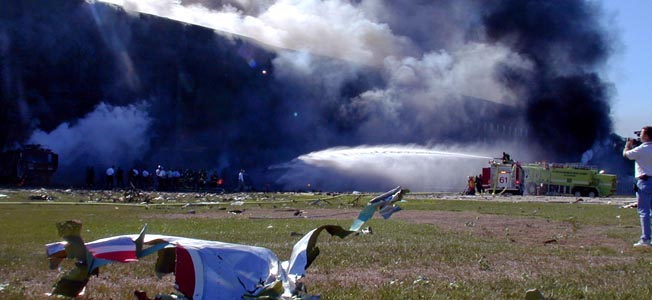

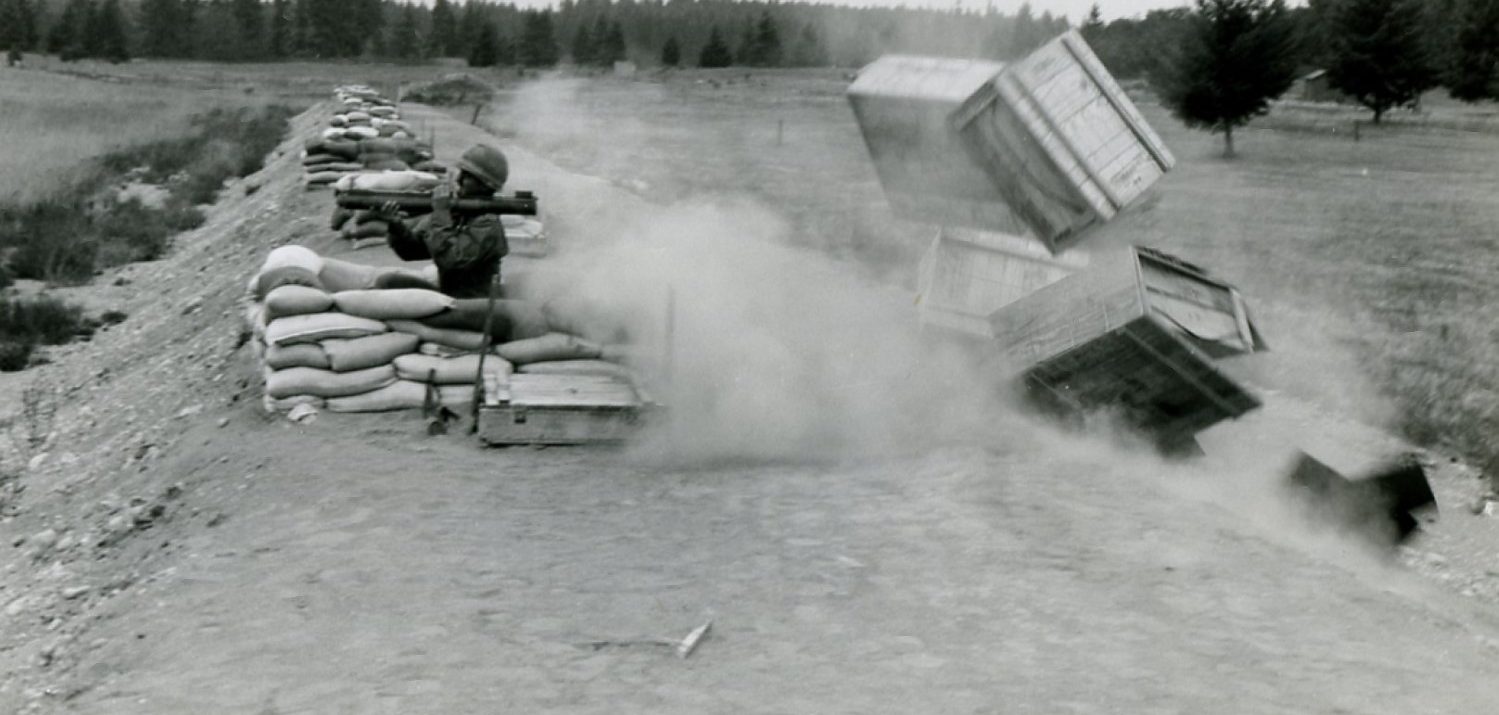


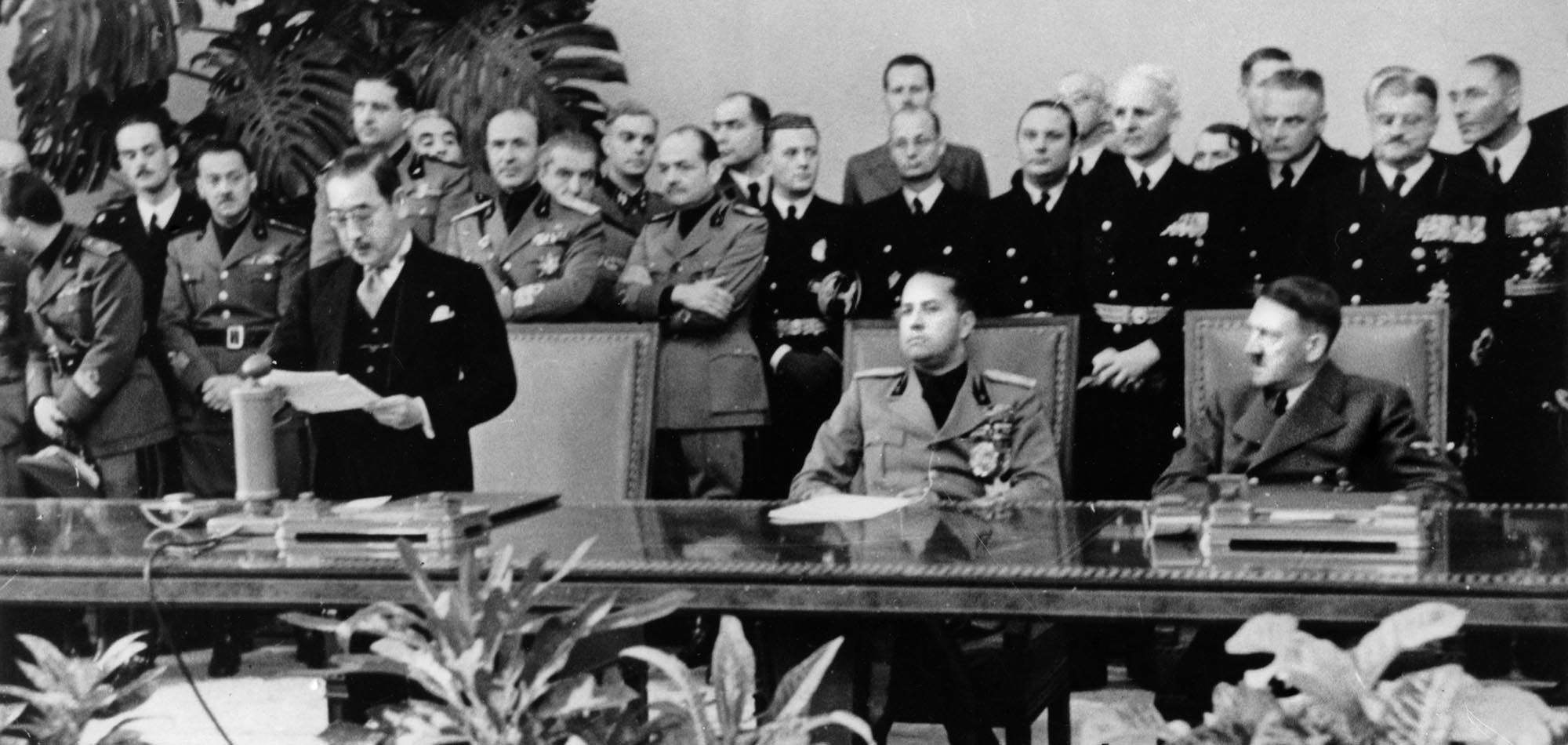
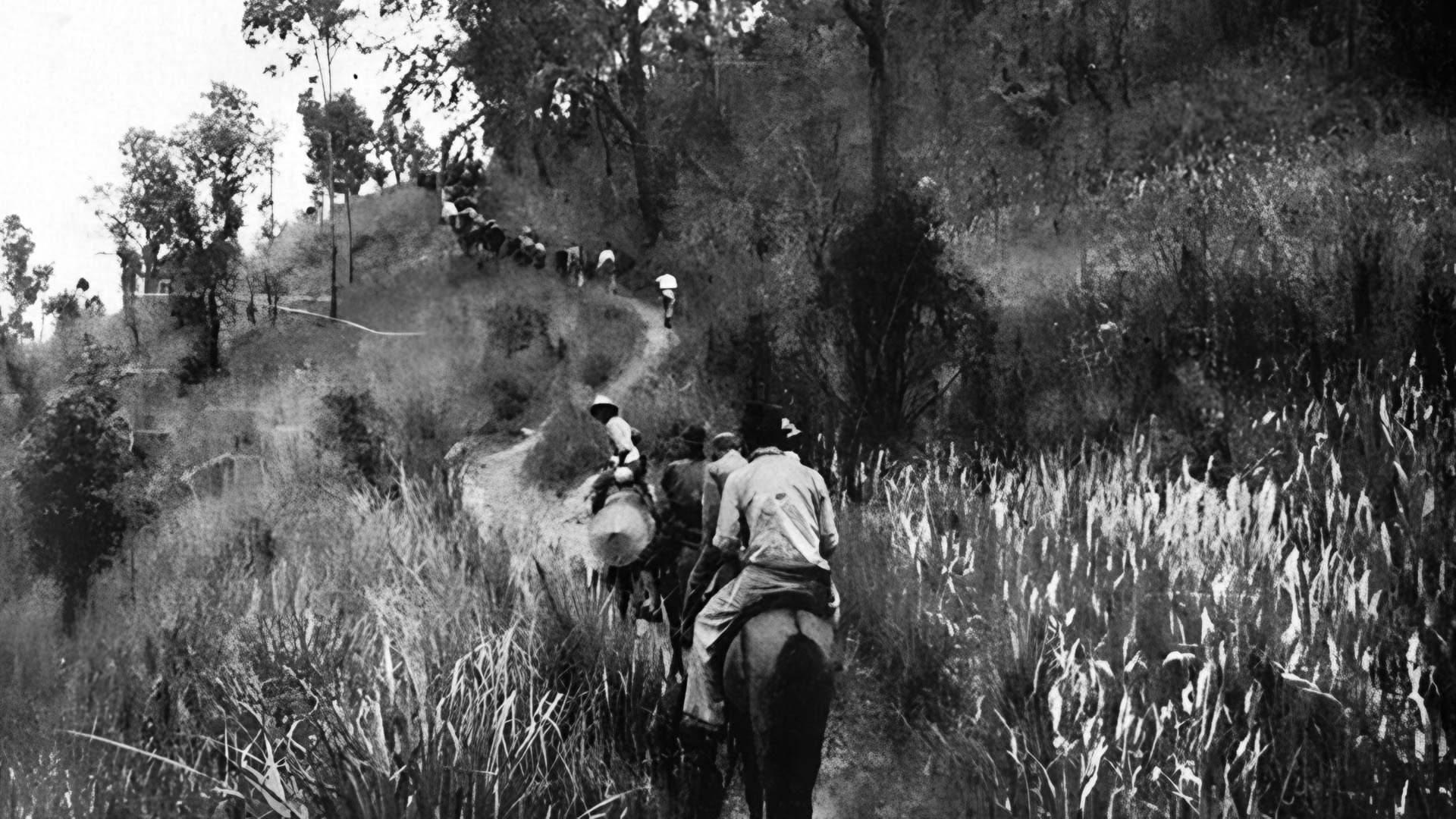
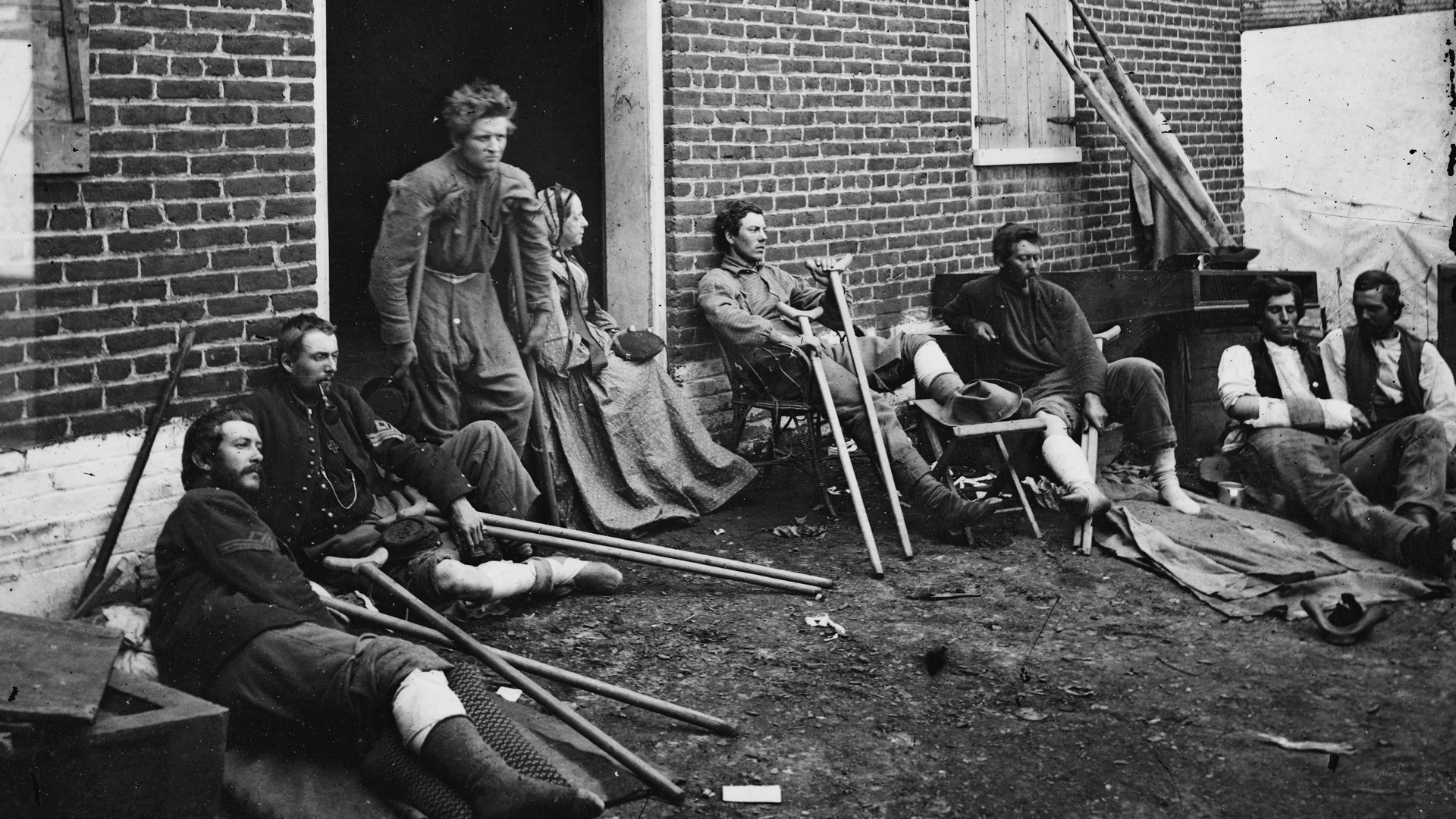

Join The Conversation
Comments
View All Comments